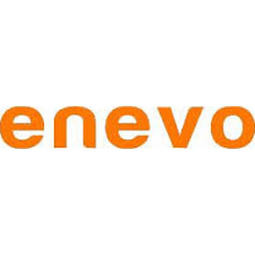Improving Recycling Collection Performance

- Functional Applications - Remote Monitoring & Control Systems
- Sensors - Level Sensors
- Logistics & Transportation
- Process Control & Optimization
- Track & Trace of Assets
In 2015, HFTH, members of the Western New York Coalition for Donated Goods (WNYCDG) and the City of Buffalo diverted 4,800 tons of unwanted clothing and textiles for reuse. In an age of growing consumerism, HFTH’s ambition is to provide even greater support for the homeless. Its management team’s aim is to expand their recycling and collection capabilities, with the goal of achieving zero waste to landfill from its operation. HFTH was founded in 1990, starting out with a small number of recycling collection containers around the WNY area. Nick Calandra, COO and Corporate Secretary of HFTH, describes the management of those containers saying, “We personally checked every container and it was easy to memorize locations and estimate fill speeds in order to organize our truck routes and collections.” However, as the organization grew and the collection points spread across a wider area, manual logistics planning became more complex and efficiency dropped. It got to the point where containers were being emptied when only 30% full, simply because they were located on the regular collection routes. HFTH sought a solution that would allow them to scale operations, optimize collections and, wherever possible, automatically adjust routes to maximize collection efficiency.
After investigating the market, Enevo was chosen in 2014 and sensors were deployed on a hand-picked number of container sites throughout the operation. The results demonstrated the reliability and ease of use of the technology, which included wireless fill level sensors in each of the collection containers, transmitting data to the analytics and logistics planning tools at the office and on mobile devices in the trucks and warehouse. The Enevo solution was then deployed across HFTH’s entire 420 collection site. Powerful data reporting and analysis, provided via Enevo’s web-based app, allowed better forecasting and the system’s dynamic capabilities enabled changes to collections and routes based on actual needs.
Related Case Studies.











